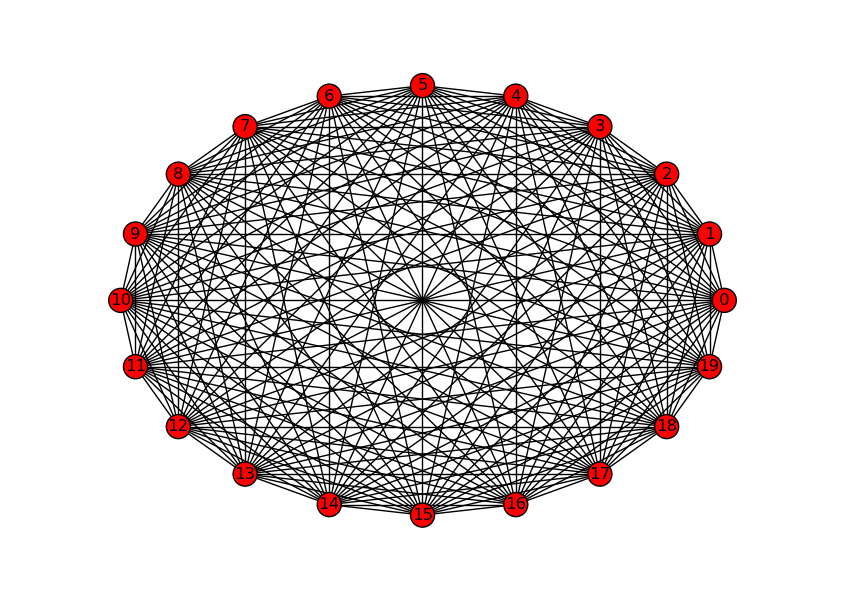1. Preface¶
In the last few decades, social science has undergone a revolution both in the kind of data it has and in the kind of tools it has for looking at data, and with that revolution, we have have the opportunity for a greater understanding of social phenomena than we have ever had before. The new tools are almost entirely computational tools, and in part the development of new kinds of tools has been driven by the scope and nature of the new data.
But there is more going than just new kinds of data driving tool development. There has been a major shift in the focus of science itself. Slowly and quietly, over a period of decades, science has been shifting its emphasis from the understanding of components and first principles (reductionist science) to the understanding of complex systems. The transformation is probably best understood not as a revolution but as a natural development and deepening of the kinds of questions scientists have been asking all along. An understanding of particles and their quantum nature provided the foundations of condensed matter physics, but questions about critical phenomena and phase transitions were not just fundamentally statistical; they were about the interacting parts of a whole, and ultimately about how the behavior of parts determines the behavior of a whole. It turned out that modeling those interactions was fruitful (as in percolation theory). In part because of interest in phase transitions and critical phenomena, in part because of interest in larger questions about the origin of life, embryology, and cognition, interest grew in how systems self-organized, in topics like chaos theory, and fractals, and critical values for system parameters at which order emerged. Computers and computer simulations played a central role in the development and testing of such ideas.
As the list of topics suggests, interest in complex systems often centered around biological questions, and research into the dynamics of complex systems was of great interest to biologists. At the same time, however, biology was undergoing a transition of its own, one that should undoubtedly be called a revolution. The unraveling of the genetic code coupled with the development of data processing capabilities sufficient to understand its combinatorial possibilities led to the celebrated information explosion in biology, making biologists the premiere consumers of information technology in the sciences. Biologists had known all along that biological systems had critical points of their own, but now the methodology for understanding complex chains of interactions was available; weaknesses and strengths could be pinpointed. The behavior of the whole could be dramatically affected by strategic manipulation of the right parts, leading directly to viable treatments for many diseases, including cancer. Moving this agenda forward again required a substantial computational infrastructure, and the development of a whole new subdiscipline, bioinformatics.
The consequences of this shift in perspective have yet to be understood, both for social science and for the areas where it began, but it is clear that they are far-reaching. Social scientists have recognized the importance of the network properties of social networks for decades; nevertheless, within a few short years, applied mathematicians and statistical physicists like Duncan Watts, Mark Newman and Albert-Laszlo Barabasi made major contributions to our understanding of social networks, proposing models (which sometimes imported ideas directly from statistical physics) which shed light on their structure, origin, and dynamics. None of this high-flying mathematics can replace knowledge of the social particulars and the human needs that are at work, but it enriches our discussion of what the critical properties of such networks are.
The point is that opportunities now available for social scientists are not just about about new data. They are also about new ideas, and it turns out that computers play an indispensable role in the exploitation and development of those new ideas, both because they can crunch numbers and because they can run simulations testing whether our models of complex systems can duplicate real system behaviors. It seems clear that the social scientists of the future, like the biologists of today, will be major consumers of information technology. It is hoped that these course notes on using a powerful set of computational tools can help the social science students of today take a useful step toward becoming the social scientists of tomorrow.

